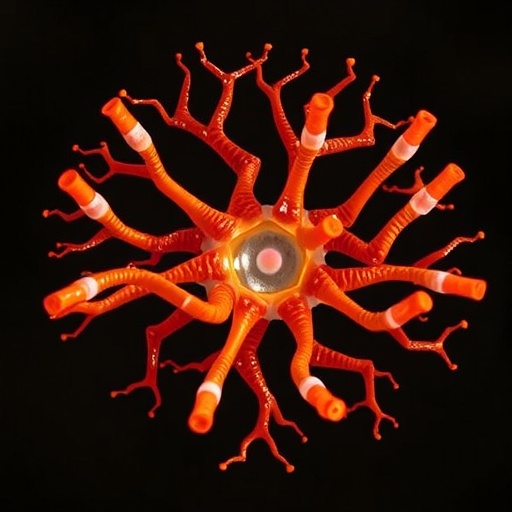
Credit: Daniel P. Howsmon, CCBY
The size and shape of the nose in different human populations is not simply the result of chance, but evolved, at least in part, in response to local climate conditions, report Arslan Zaidi and Mark Shriver of Pennsylvania State University, in a study published March 16th, 2017, in PLOS Genetics.
The nose is one of humanity's most distinctive facial features, which also has the important job of conditioning the air that we breathe, to ensure that it is warm and moist when it reaches the lungs, which helps to prevent infections. Previous studies suggest that people whose ancestors lived in hot, humid places tend to have wider nostrils than people whose ancestors came from cold and dry environments, but whether these differences arose in response to local climates or just due to chance was unknown. In the current study, researchers examined the size and shape of noses on people with West African, South Asian, East Asian, or Northern European ancestry and found that differences in nose shape across these populations are greater than can be explained by chance alone. Additionally, wider nostrils are correlated with ancestors who evolved in warmer temperatures and with greater absolute humidity, suggesting that climate was one factor driving nasal evolution. The nose has had a complex evolutionary history, however, and researchers suspect that additional factors, such as cultural preferences when picking a mate, have also played a role in shaping the nose.
Investigations into nose shape evolution and climate adaptation may have medical as well as anthropological implications. Studies of human adaptation are essential to our understanding of disease and yield insights into why certain conditions, such as sickle cell anemia, lactose intolerance or skin cancer, are more common in certain populations. The researchers suggest that it may be worth investigating whether the shape of the nose and the size of the nasal cavity impact one's risk of contracting a respiratory disease when living in a climate that is different from one's ancestors.
Arslan A. Zaidi adds: "Even though there are substantial differences in nose shape among human populations, much of this variation can be explained by random genetic drift alone. This finding is in line with the consensus that most human variation is shared among populations and primarily due to genetic drift. Traits like skin pigmentation and nostril width are exceptions rather than the rule. Having said that, these traits are important to study because they are likely tied to our health, especially as we become more of a global community and migrate to new climes."
###
In your coverage please use this URL to provide access to the freely available article in PLOS Genetics: http://journals.plos.org/plosgenetics/article?id=10.1371/journal.pgen.1006616
Citation: Zaidi AA, Mattern BC, Claes P, McEcoy B, Hughes C, Shriver MD (2017) Investigating the case of human nose shape and climate adaptation. PLoS Genet 13(3): e1006616. doi:10.1371/journal.pgen.1006616
Funding: This work was supported in part by the United States National Institute of Justice, the United States Department of Defense, the University of Illinois Interdisciplinary Innovation Initiative Research Grant, the Flemish Institute for the Promotion of Innovation by Science and Technology in Flanders (IWT Vlaanderen), the Research Program of the Fund for Scientific Research — Flanders (Belgium), and the Center for Human Evolution and Development at Penn State. The funders had no role in study design, data collection and analysis, decision to publish, or preparation of the manuscript.
Competing Interests: The authors have declared that no competing interests exist.
Media Contact
PLOS Genetics
[email protected]
############
Story Source: Materials provided by Scienmag




